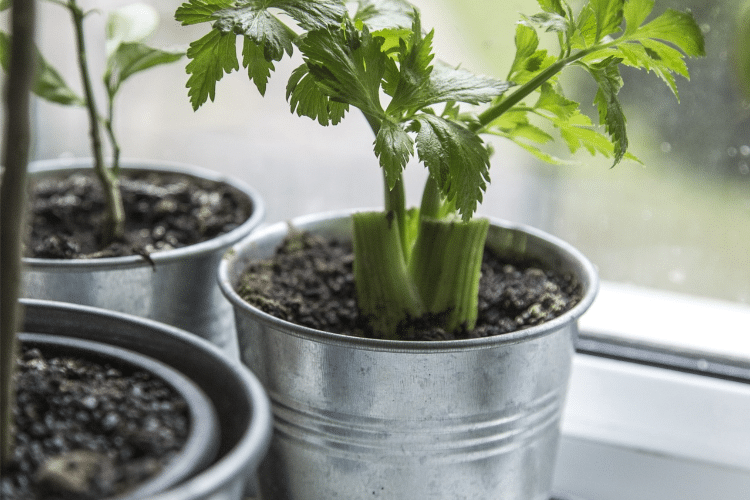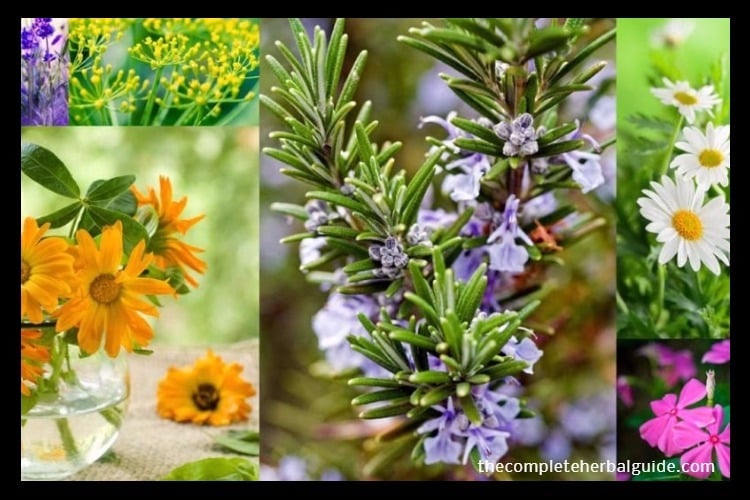
10 Delicious Herbs You Can Grow In Your Home All Year Long
by
Table of Contents
Best Herbs You Can Grow In Your Home All Year Long
Do you have a few favorite “go-to” herbs? Why not grow them in water and keep them close at hand on the kitchen window sill or right on the counter? Water-grown herbs are just as flavorsome as those you grow in the garden. You don’t have to mess with soil or worry about regular watering or changing seasons.
Most herbs will be happy growing in water, but those propagated from cuttings are easier to start in the water. Seed-grown annuals like cilantro, mustard, and dill are a bit tricky because you need to sow the seeds in soil or some other medium and then transfer the seedlings to water. Soil to water transition is not impossible, but it may not always work out because soil-grown roots are a bit different from water roots.
What You Need to Grow Herbs in Water
Here is what you’ll need to grow herbs in your home all year long.
Water
For a simple herb stand in the kitchen, you can root herb cuttings in plain water in glass bottles. Avoid using chlorinated water directly as the bleaching chemical is not exactly friendly to plant tissues. Tap water that has been left to air overnight is fine, and so is stored rainwater. Springwater or well water is the best because it has some amount of dissolved minerals that may be of use to plants.
Containers
As for the container, mason jars or any other glass bottles will do, even plastic bottles. Roots generally like to grow away from light, so colored bottles, especially amber-colored ones (such as these) are best. You can just wrap a piece of paper around the bottle to keep the root zone in the dark. This will even prevent algal growth on the container walls and on the root surface. Algae do not adversely affect plant growth, but they make the bottles look untidy.
Narrow-mouthed containers have an advantage: they can support the cuttings and keep them nearly upright. However, the mouth of the container shouldn’t be too narrow or tight-fitting around the cutting. The roots have to breathe, and the mouth of the container should allow free movement of air.
If you’re using a wide-mouthed container, you have the option of covering the top with nylon or wire netting. Insert the cuttings through the holes, and that will offer some support to the cuttings. Another advantage, especially in warmer areas, is that the netting prevents mosquitoes from laying eggs in the water and multiplying.
Plant Cuttings
According to Arlington arborists for gardening services, soft cuttings are pretty quick to root in water. You don’t need to use any rooting hormones. If you have some herbs growing in the garden, snip off 6-inch sections from growing tips and put them in the water-filled containers. The best part of growing herbs from cuttings is that you can use the ones you get from the supermarket. Just wash them in plain water and cut off the lower portion.
Remove lower leaves from cuttings and trim the lower tips close to the nodes from where the roots arise. When they are inserted into the bottles, there shouldn’t be any leaves touching the water. They can rot easily and spoil the water, as they do in flower vases.
Woody cuttings like rosemary may take longer to root, so be patient. Change the water once a week without disturbing the cuttings. Once the roots start growing, usually between 2-6 weeks, water changes may not be necessary.
If you have willow trees in the garden, you can steep some branches in warm water overnight to make a natural rooting hormone mix. Place the cuttings in the infusion to encourage rooting. Alternately, rooting hormone powder can be used.
10 Best Herbs You Can Grow In Water All Year Long
Here are the 10 best herbs you can grow in your home all year long.

1. Peppermint
This is the most popular mint for medicinal uses because it contains high amounts of the volatile substance menthol. It gives a unique cooling sensation on the skin or tongue, but without actually causing any temperature variation. Growing peppermint in water is easy; just put fresh cuttings in water to grow new plants.

2. Spearmint
This is another mint variety closely related to peppermint. In fact, peppermint is a natural hybrid of spearmint and an aquatic mint that is commonly known as water mint.

3. Oregano – This pungent herb is worth growing indoors because you can use the leaves to flavor almost any vegetable. Take cuttings of fresh growth and pot them up in the water. Start pinching the growing tips as soon as the plant starts to grow well.

4. Basil
Basil would love the warmth of your kitchen and grow happily in a water-filled container as long as you provide it with good light. Take cuttings any time before it starts flowering. If you have several varieties of basil, growing cuttings in water is the best way to preserve your collection during winter.

5. Sage
Take soft cuttings in the spring and root them in water. You may need only one or two sage plants because only very tiny amounts are needed to impart flavor. Keep the plants in bright light and in a well-aerated place because this herb is prone to mildew.
6. Stevia
This sweet plant is good to have in the house to add to freshly brewed teas and beverages. Take cuttings of actively growing soft branches and place them in water. Provide a warm place and as much light as possible to keep this tropical plant happy and full of sweetness.

7. Lemon balm
The lemony scent of this mint-family herb is a welcome treat in any home, especially in the winter. The leaves are great for making tea. Take cuttings in spring or fall. Keep the containers in a warm place that receives plenty of bright indirect light. They may take up to 3-4 weeks to develop roots. Keep the water clean with regular changes. Some people find it easier to root the cuttings outside the house when the weather’s still warm. It may help avoid the white mildew that lemon balm is prone to. You can bring them indoors when the new plants are well established.
8. Tarragon
Take cuttings in the spring after new growth appears. Fall cuttings are fine too, but they may take longer to grow roots. Keep cuttings in a warm place that gets bright light. French tarragon is best as a culinary herb. Russian tarragon is milder, or even bland, so use it as a green in salads.

9. Thyme – You need to take cuttings of new growth that are green in color. The old growth that has become stiff and brown may not sprout roots easily. The best time to take the cuttings is mid-spring to early summer before the plant starts flowering. The thin stems of thyme can dry out very fast, so put them in water as soon as you cut them. Spray the portion above the water, if necessary. Once it starts growing, cut the stems to promote branching.

10. Rosemary
The semi-woody cuttings of rosemary take longer to root, but spring cuttings of new shoots may be faster. Either way, it is worth the effort because rosemary makes an excellent indoor plant for a sunny spot.
The List
What are the best indoor houseplants?
The following are the best indoor plants to consider.
1. Peace Lily
2. Golden Pothos


3. Bamboo Palm


4. French Lavender


5. Snake Plant


6. Dracaena


7. Ferns


8. Cast Iron Plant


9. Orchids


10. English Ivy


11. Peppermint


12. Lemon Balm





















